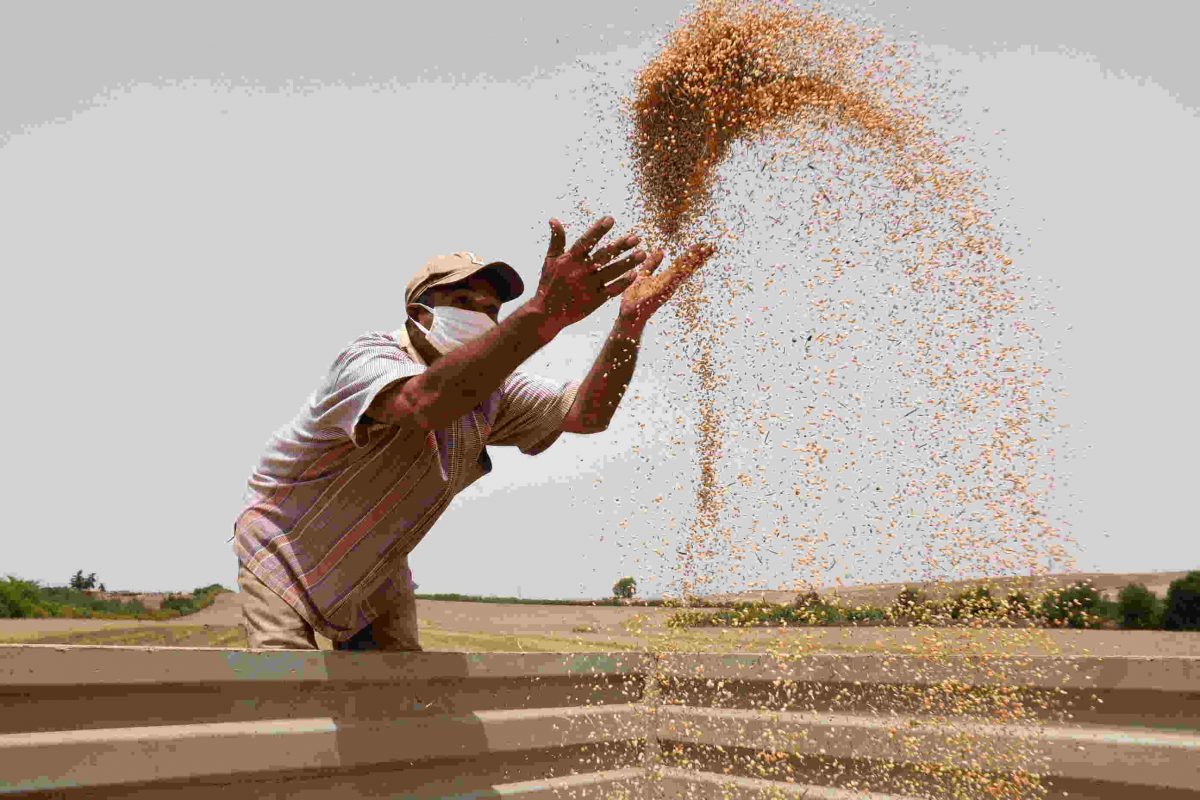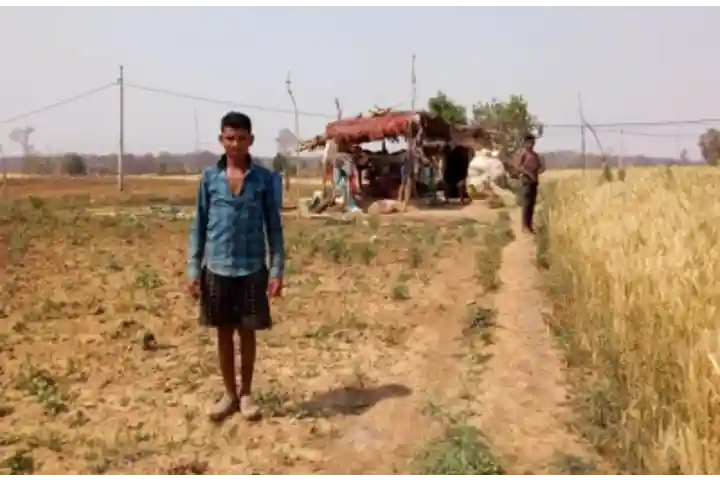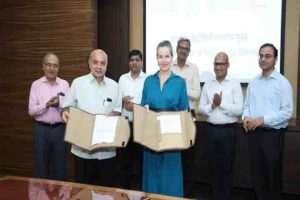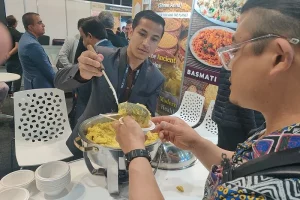Amid soaring mercury levels and a rising threat of possible El Nino situation this year, a large number of farmers are firming up a backup plan—focus more on millet production. El Nino conditions can deal a severe blow to the country’s economic growth momentum with destruction of large swathes of crops. Prior concrete contingency plans are the need of the hour to ensure food security while minimizing farmers’ losses.
Currently about 2.5 crore small and marginal farmers are engaged in the production of these grains. However, with the El Nino threat looming large, a larger number of farmers may be encouraged to take to millet farming. Millets, touted as super foods or Sree Anna, are not only resilient to hot and drought like conditions but can even be grown at over 60 degrees centigrade. An acre of paddy would require about 1,200-1,500 ML of water. Millet farming per acre requires about half that– 600-800 ml of water.
These short grains are also carbon-neutral.
The India Meteorological Department (IMD) has warned that there is a 70 per cent chance of El Nino situation emerging in India between June and August. El Nino is a phenomenon that leads to warming up of ocean water, which in turn impacts rainfall.
With issues of climate change taking centre stage, the Narendra Modi government has already started taking steps to promote cultivation of millets. “This is the time to delicately handhold the farmers so that they are ready with alternate plans and even look to switch to millet farming..a well carved out plan must be in place,” an economist with a research firm said.
With continued external risks, India’s growth momentum has been easing. The current heat wave is also a cause for concern.
Though millets take lesser time to grow, currently they account for less than 10 per cent of the total foodgrain basket in India but increased production of these grains will help in boosting food security. Wheat and rice are the two main grains that are provided under the public distribution system (PDS).
The Food and Agriculture Organisation of the UN (FAO) noted that since millets are resistant to drought and tolerant to crop diseases and pests — allowing them to survive in adverse climatic conditions—“expanding production of millets can transform local agrifood systems to be more efficient, resilient and inclusive.”
In India, millets are grown in about 21 states but Rajasthan, Karnataka, Maharashtra, Uttar Pradesh and Haryana top the list. India is the world’s largest producer of millets, followed by Niger and China.
Also read: PM Modi’s pitch on millets docks with India’s drive for a healthier planet



















